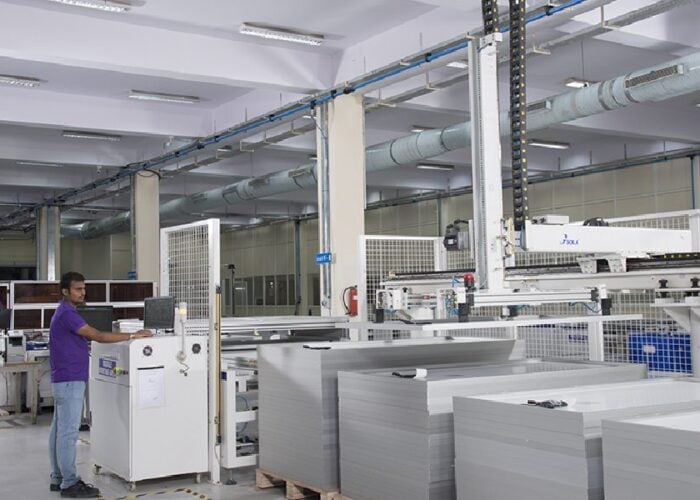
The financial adversity of India’s struggling distribution companies (Discoms) has been reflected in a significant downgrading in the latest rankings by the Ministry of Power (MOP), giving yet more concern for renewable energy players hoping to have honoured contracts and timely payments.
Losses in India’s power distribution sector have also been calculated for the first time, reaching an average of nearly INR 1.04 trillion (~US$13 billion) in the period between FY19 and FY21.
Unlock unlimited access for 12 whole months of distinctive global analysis
Photovoltaics International is now included.
- Regular insight and analysis of the industry’s biggest developments
- In-depth interviews with the industry’s leading figures
- Unlimited digital access to the PV Tech Power journal catalogue
- Unlimited digital access to the Photovoltaics International journal catalogue
- Access to more than 1,000 technical papers
- Discounts on Solar Media’s portfolio of events, in-person and virtual
MOP analysis showed that the deficit is widening, with losses increasing by 10% during the period. This rise was almost entirely due to the sector’s rising gap between average cost of supply per unit versus average revenue realised (ACS-ARR gap).
Furthermore, of the 71 utilities ranked in the tenth ‘Annual integrated Rating & Ranking: Power Distribution Utilities’ report, which considers Discoms financial and operational performance, 25 were downgraded, while just two Discoms were upgraded, according to analysis by Mercom.
Three Discoms in Andhra Pradesh and Meghalaya have become the first utilities to be given a D rating, a new low.
The ratings crash will bring concern to the renewable energy industry, given that Discoms’ woeful finances has been a root cause of the widespread incidences of contract renegotiations and delayed payments that have plagued the sector for years.
Solar and wind power firms had been buoyed by a high Court ruling in the state of Andhra Pradesh in April this year that mandated state Discoms to honour any power purchase agreements (PPAs) they had entered with electricity producers and settle any debts within six weeks. The ruling promised to bring relief to independent power producers in the state in terms of liquidity, credit profiles and the chasing of long-term payments.
At the time Vinay Rustagi, MD of research firm Bridge to India had said that the ruling could set a precedent for other state Discoms who were in the act of renegotiating contracts. However, he also noted that the ruling did not resolve the root cause of contract renegotiations and delayed payments which was the terrible state of Discom finances. The new Rankings fall demonstrates that the Discom finances remain in crisis.
Tariffs in the Indian solar sector have been edging upwards since the record lows of December 2020, as the industry battles with increased module prices and disruptive geopolitical events.
The MOP ranking also stated that despite India being a global flagship bearer for renewable energy deployment, the sector continues to witness losses in distribution despite numerous government schemes, subsidies and incentives to resolve these issues.







